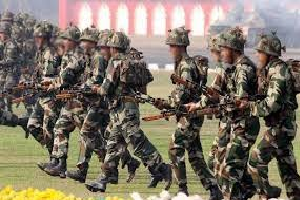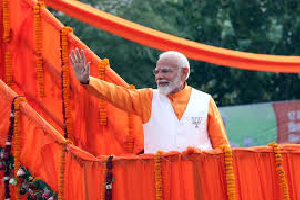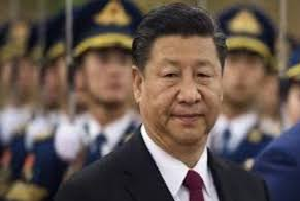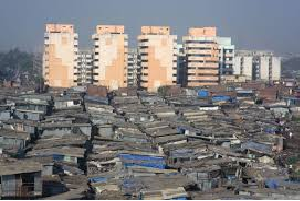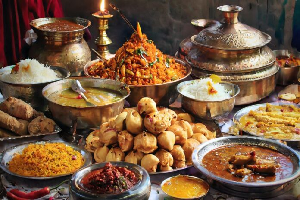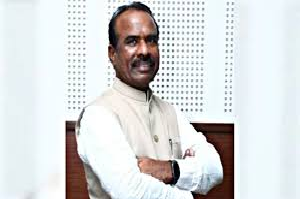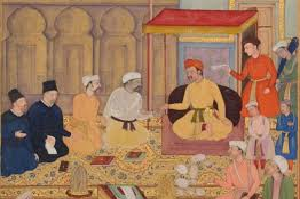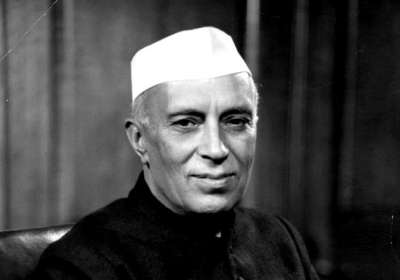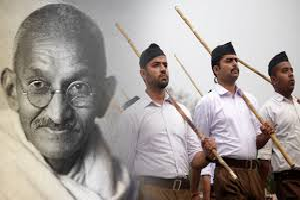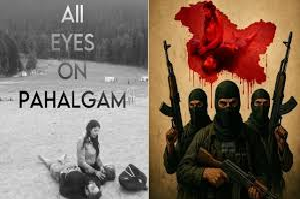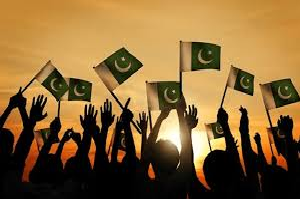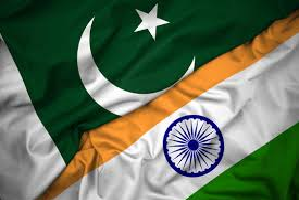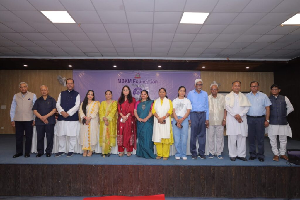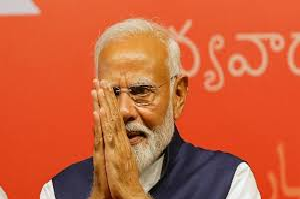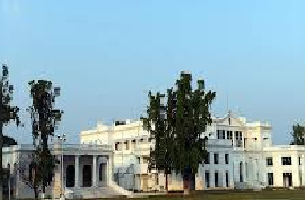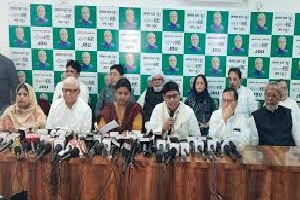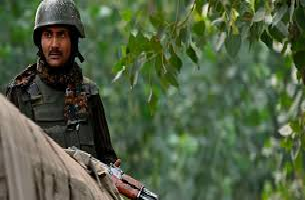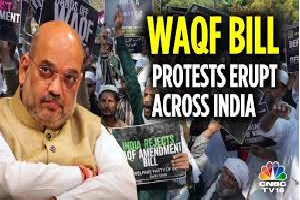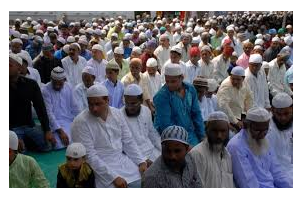28

N. Satyamoorty
Chennai, 28 June 2024
The recently-concluded Lok Sabha polls saw a marked dent in the BJP’s support base in many big states like U.P., Maharashtra, West Bengal, Rajasthan and Bihar the party scored quite badly as compared to the 2019 polls. But is the party also losing support in the South .Let us try to understand the party’s performance in South India .
In fact in the southern states the saffron party has made inroads, but sustaining the same over the medium and long terms is not going to be easy.
Barring Dravidian Tamil Nadu the party has actually recorded gains elsewhere.
In Kerala, as in distant West Bengal, the BJP has been eating into the ruling communist votes, thus leaving the Congress and its allies as strong as ever. Despite claims to the contrary, the BJP has not been able to make inroads into the central Kerala Christian constituency. Whether it has made it, the party’s traditional Hindutva voters are peeved. They may still have voted for the BJP this time, but if the party aspires for a realignment of politico-electoral forces even more in the coming years and decades, it can cut both ways, too.
That leaves one with Andhra Pradesh and Telangana. In the former, the BJP did play ‘Snakes and Ladders’ with the pre-poll ruling YSR Congress of then chief minister Jaganmohan Reddy and so-called discredited former CM, N Chandrababu Naidu of the TDP. The irony for both regional parties was that both were racing against each other to back the Modi dispensation at the Centre, supposedly on ‘issues’, like Odisha’s BJD boss Naveen Patnaik too was doing. In the process, the latter had to lose out as he was occupying the political space that the erstwhile ruling Congress had vacated – and the latter was in no way near taking it back.
Article at a Glance
The BJP's performance in the recent Lok Sabha polls has been a mixed bag, with the party losing ground in several big states like UP, Maharashtra, West Bengal, Rajasthan, and Bihar. However, in South India, the party has made inroads, although sustaining these gains will be a challenge. In Kerala, the BJP has eaten into communist votes, but not made significant gains among Christian voters. In Andhra Pradesh, the BJP has formed an alliance with the TDP, which may give space for the YSR Congress to regroup. In Telangana, the BJP has succeeded in defeating the ruling BRS, but the latter may revive itself.
The BJP's future in the South depends on its national leadership's attitude and approach. The party needs to balance its short-term goals with long-term interests, and navigate alliances with regional parties. The BJP's ability to adapt to changing political dynamics in the South will be crucial to its success in the region. The party's willingness to encourage the creation of Telangana out of the unified Andhra Pradesh during the Vajpayee-Advani era was based on the realization that the BRS would lose steam and state politics could take a communal turn.
The BJP's long-term interest in the South depends on its national high command's approach. The party needs to look beyond immediate tasks and focus on long-term interests. The future of the BJP in the South will depend on how the party handles its alliances and navigates the complex political landscape of the region.
That was not the case in Andhra Pradesh, where if he does not give up a good fight and take lessons from AIADMK’s EPS in Tamil Nadu, it could be a future fight between two regional parties. Pushed to the wall by Jagan Reddy as chief minister, Naidu hit back. He joined hands with the BJP in the simultaneous polls to the Lok Sabha and the state assembly – not only to defeat the other squarely but also to ensure ‘protection’ from further harassment after the state police had arrested him on multiple corruption charges.
Transition politics
Today, Naidu, as a part of extending support to the BJP at the Centre, will expect the latter to harass Reddy, by reopening multiple pending cases against him. The question is if Jagan Reddy is made of the same stuff as his late father, Y S Rajasekhara Reddy, or will he yield and/or quit under duress, however legalised? Here is the kind of problem that the BJP has that it did not have in the state earlier.
Today, without a majority in the Lok Sabha, the BJP needs Naidu and his TDP more than the other way round. In the past, as elsewhere, the Mo-Sha duo had first balanced and then played one regional party against the other in state politics, to take an upper hand ultimately at their collective expense. Now, the BJP will have to play second-fiddle to Naidu, which means his ‘corrupt ways’, from the past and in the future, need to be condoned. The BJP will simply have to play second fiddle to Naidu, at least until closer to the next round of simultaneous polls to the state assembly and the Lok Sabha, which is five years hence, in 2029.
This could well give space and elbow room for Reddy to come back, though only after a time. That way, it depends more on Jagan Reddy’s staying power than BJP’s scheming power. That the latter can only wait and watch – however much the party creates for Naidu, with his politician-son in the line of succession. When and how Naidu handles the situation will also be keenly watched, and not just by his TDP cadres and the BJP ally.
Communal turn
That way, the BJP has succeeded in neighbouring Telangana, where the erstwhile ruling BRS of discredited chief minister K Chandrashekar Rao, KCR, took a huge beating in the Lok Sabha polls. That followed the arrest of his legislator-daughter, K Kavitha, in connection with the ‘Delhi excise scam case’, as a co-accused alongside chief minister Arvind Kejriwal. The ground reports had it that anticipating leniency in her case from the BJP Centre, the KCR family had the party’s votes transferred to the BJP nominees in as many constituencies as possible.
Despite being the erstwhile ruling party, the BRS did not field candidates in some constituencies. Where it fielded nominees, many of them did not stand a winning chance by miles. This raises the question, as in Andhra Pradesh, if the BRS is capable of reviving itself and if an ailing Rao’s children, especially his son and former minister K T Rama Rao, have the staying power and also the killer instinct that their father had until not very long ago.
Hidden behind the BJP’s willingness if not outright eagerness to encourage the creation of Telangana out of the unified Andhra Pradesh during the forgotten Vajpayee-Advani era was the realisation that after a time, the BRS, then known as the TRS, which was the forefront of the statehood agitation, would lose steam and state politics could take a communal turn. That calculation might not have held good 100 per cent, yes, but the BJP is there but against the Congress rival at the national level, which it did not provide until not very long ago.
The BRS thus has to decide if they are retiring or are willing to play second-fiddle to the BJP or will seek to re-take their traditional space in state politics and elections. If the BRS takes the right foot forward, then it is going to be a three-way contest, or, else, where the BJP would still have to prove itself on its own – the inevitability of anti-incumbency against the ruling Congress Party in the state being one such factor. It means there is time for not only the BJP to try and pitch its tent deeper. There is also time for the BRS to re-pitch its tent – but how deep and how far is the question that will be addressed in the coming months and years?
Long-term interest
Overall, the future reach and out-reach of the BJP in the South depends on an internal factor, unconnected to regional politics and parties. It is all about the attitude and approach of the BJP’s national high command. Time when under the Vajpayee-Advani duo, with the latter especially taking a keen interest in grassroots-level organisational work, based on tactical and strategic planning for the immediate and the future, they identified the South and the East as regions for the party’s future growth. Their ambitions, if any, were only a distant goal, which would come anyway if the party won.
Elections 1991 and 1996 showed the limitations of the BJP’s further reach in the traditional northern and western strongholds beyond what it had achieved already. It would have to wait for a decade and more, and more so for the advent of a man called Narendra Damodardas Modi. And Modi, with Amit Shah as his strategist and executor/executioner, achieved it all and has also retained it for three elections in a row.
But tomorrow is another day, and nothing more so is truer for the BJP at the national level. Leave aside the party winning a fourth successive term to power at the Centre five years hence – which it still may, that is a different issue – but the question is if Modi and Shah have their sights beyond the immediate. That is to say, if Shah, the younger of the two, visualises himself in Modi’s present role on another day, but not far from the present. If so, is he going to look at the immediate tasks on hand, which could mean dividing friends and foes alike as he has been customised to do over the past decade, or is he going to look at the long-term interests of the party? Both may coincide or not.
But the long-term interest of the party may go back to the party if and only if the party takes charge. A lot of it will depend on how the Mo-Sha leadership handles the present alliance where the BJP does not enjoy a majority in the Lok Sabha and will have to dance to the tunes of others, especially in matters ‘Hindutva’, which could, in turn, alienate traditional RSS cadres, as reportedly happened in States like Uttar Pradesh, this time round.
And that also depends on the future of the BJP in the South!
---------------


